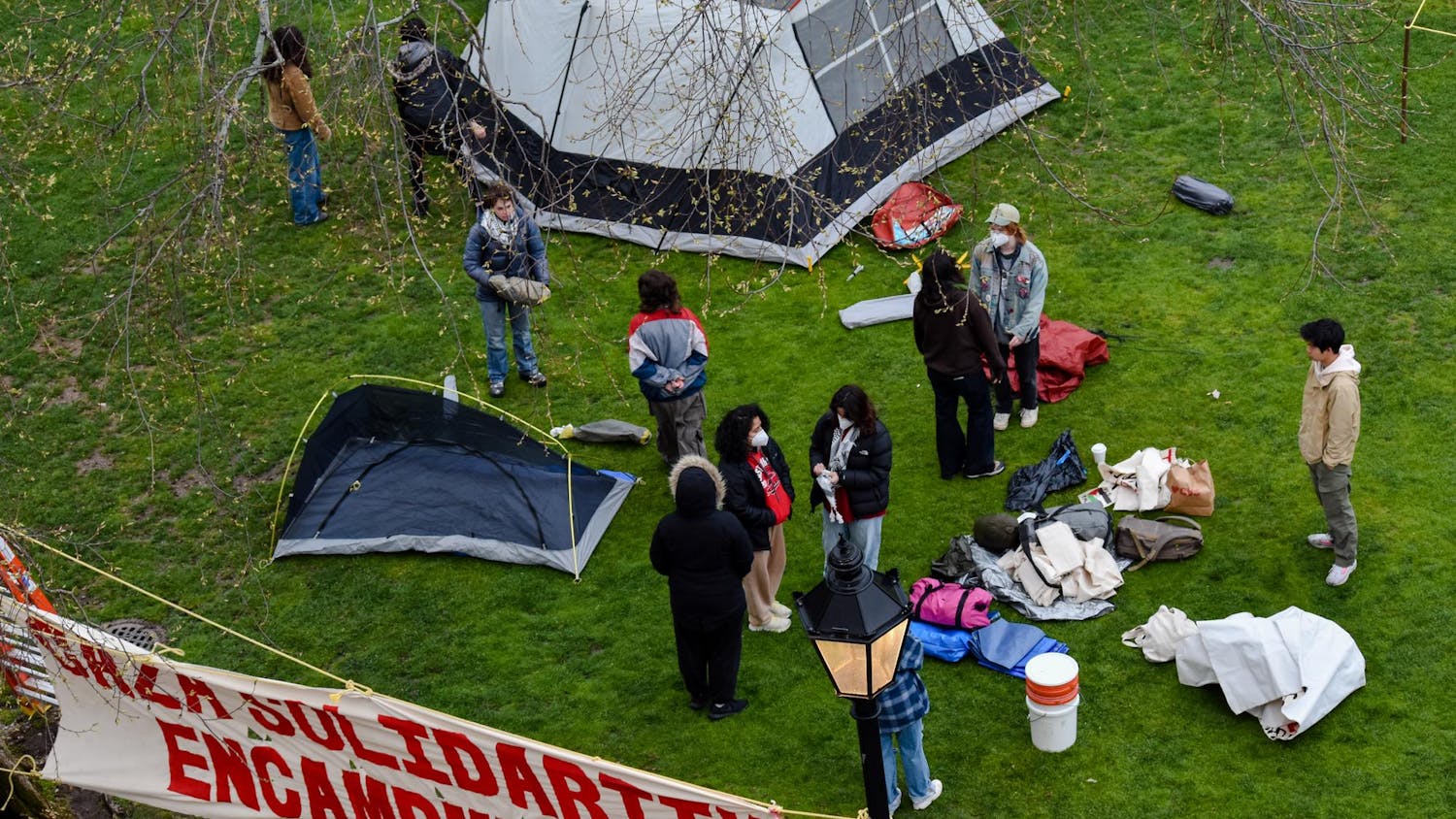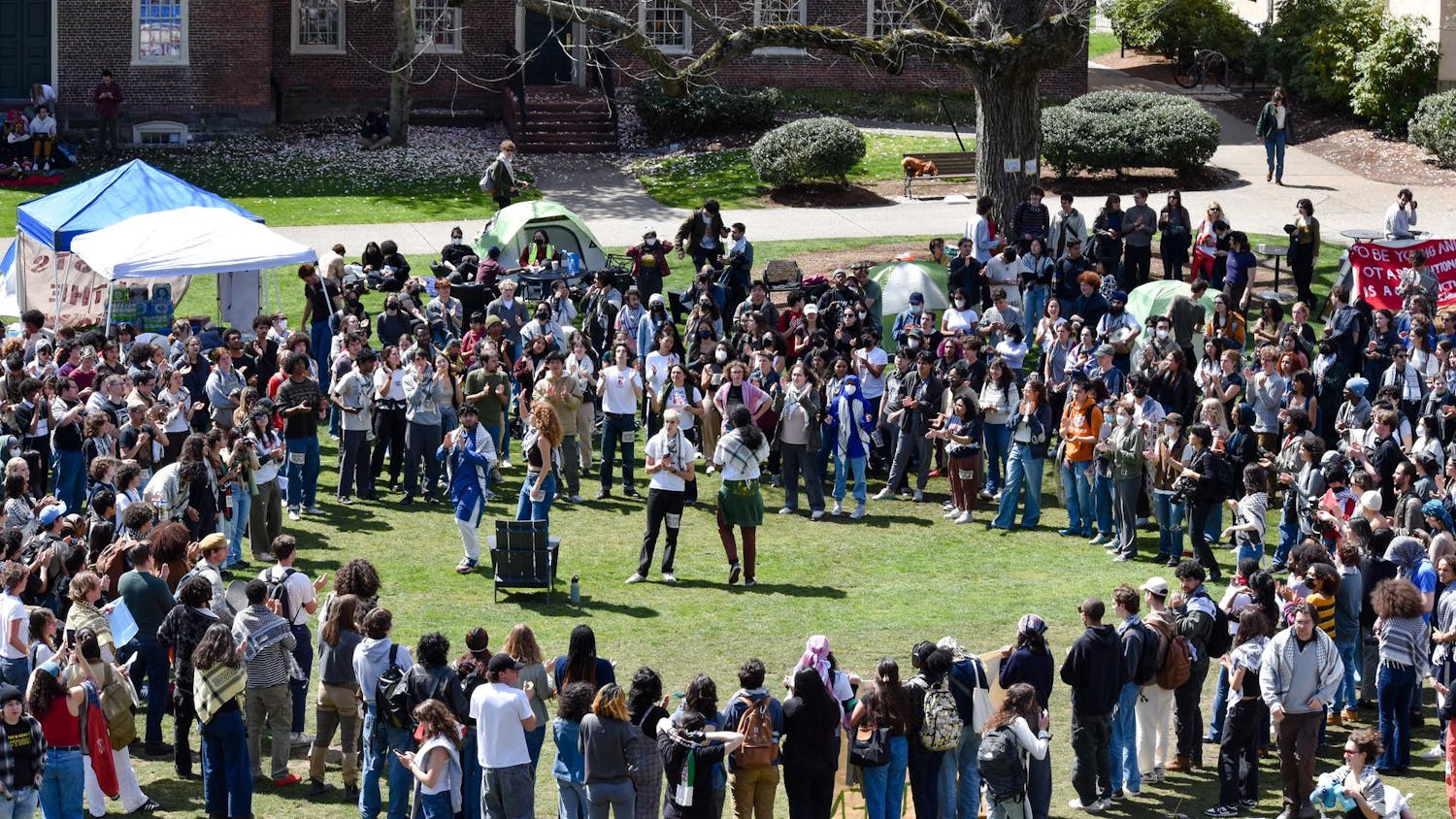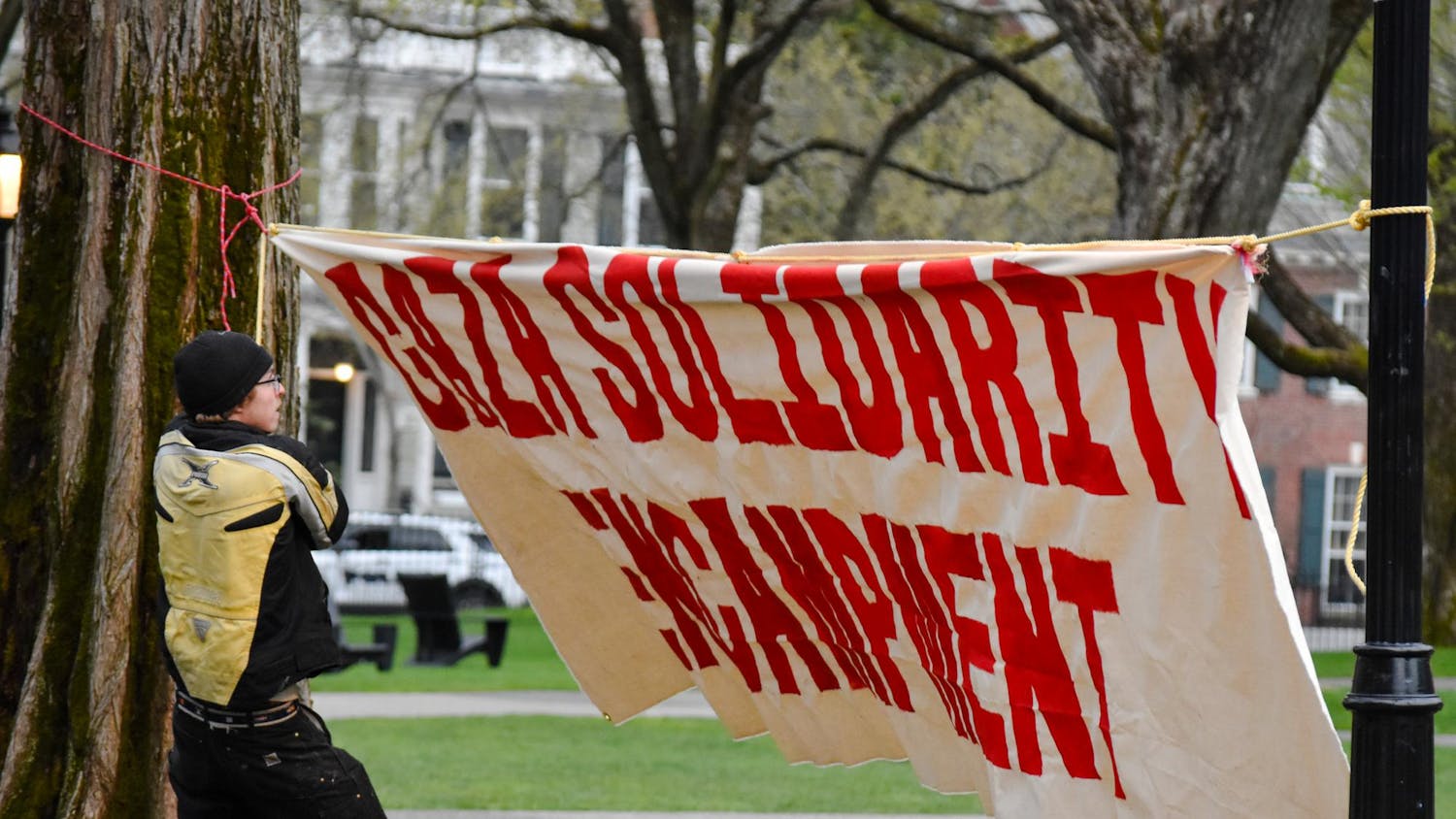For the first time in eight years, Brown’s campus saw an increase in greenhouse gas emissions, according to the fiscal year 2015 Sustainability Progress Report released Oct. 9 by the Office of Sustainable Energy and Environmental Initiatives.
The report outlines green initiatives at the University, describing progress toward Facilities Management’s environmental goals as well as eco-friendly movements supported by student groups.
In January 2008, former President Ruth Simmons accepted proposed guidelines for a 42 percent reduction in 2007’s GHG emissions by 2020. This year’s levels were 22 percent below the 2007 figure — less than the desired 28 percent.
This year’s GHG emissions increase can be attributed to the combination of a record-breakingly cold winter last year and a shortage of gas pipeline in the New England region. Chris Powell, assistant vice president for Sustainable Energy and Environmental Initiatives, wrote in an email to The Herald that the University has its own central heating plant, which several years ago converted from fuel oil to natural gas, the less carbon-intensive alternative. This plant is the source of most of the heat on campus.
But the electricity comes from the New England regional power grid, which depends on energy from multiple power plants and utilizes different fuel sources. During the winter, there is often a shortage of natural gas because people are heating their homes and businesses in addition to using their typical amount of power. The gaps are filled with less efficient fuel sources, which “primarily” accounts for the increase noted in the report.
“These tend to be short duration problems, as pipeline capacity is expanded. This, along with the continued investments in renewable energy in New England, will decrease these carbon emissions in the future,” Powell wrote.
This year, plans to further decrease emissions have begun to form. It is likely that there will be fewer beef options on the dining menu, as beef is not environmentally friendly to produce. Instead, additional chicken and vegetarian protein options will be made available to students.
“As (the software) pertains to food systems … 78 percent of Brown’s nitrogen footprint comes from food systems,” said Robert Chase, facilities and sustainability manager, speaking of the Nitrogen Footprint Tool — a new technology the University uses to chart emissions. Through advanced computer modeling, a team of scientists developed a program that currently allows five universities, including Brown, to track wasteful nitrogen production. Those using the software can also input values specific to potential operational changes in order to predict policy outcomes for the University.
The Nitrogen Footprint Tool is just one technological innovation that pushes the school toward further sustainability. SkySpark software helps monitor energy use levels in specific buildings to identify and monitor unnecessary expenditure. Similarly, Lucid’s Building Dashboard allows students to gauge their own energy usage and trends during the annual three-week energy saving competition, Brown Unplugged.
While the University may have fallen behind its GHG emission goals, it continues to be on the cutting edge in other fields, according to the report. In the past 10 years, Brown has initiated a slew of programs that work to “support local farmers, reduce waste output and purchase fairly traded, sustainably sourced and environmentally friendly foods,” the report states.
The Community Harvest program, which was targeted at purchasing sustainable local food and now comprises over 50 farms, and the After the Harvest initiative, which helps distribute student’s leftover food to hunger relief programs, demonstrate Brown’s continued commitment to making campus dining ecologically friendly, according to the report. The University has turned 22,509 gallons of oil and grease into fuel since 2010, and every year it diverts an estimated 275,000 pounds of food from the landfill by sending it to a local pig farmer, avoiding potentially hazardous emissions, the report states.
Recently two vehicle charging ports were positioned on campus, and the University developed Market Mobile software in 2008 to allow farmers simpler online operation. With this application, farmers can post their prices online and gain access to grocery store pricing data in order to remain competitive. “It’s a tool that’s used by Farm Fresh Rhode Island … and it’s really a way to leverage the internet … to update the supply chain of the food system,” Chase said.
The campus has also made measurable strides in waste diversion. This year, a pilot composting program was executed as the first step toward a campus-wide composting plan.
Currently, the compost processing facilities in Rhode Island are not equipped to handle the extent of the University’s organic waste, and students lack education on the process of composting, which requires the separation of organic and inorganic waste. But in the coming years, the University will implement a full-scale plan for composting waste, with the projected 420 tons of organic waste representing a 15.5 percent decrease in the amount of landfill waste.




